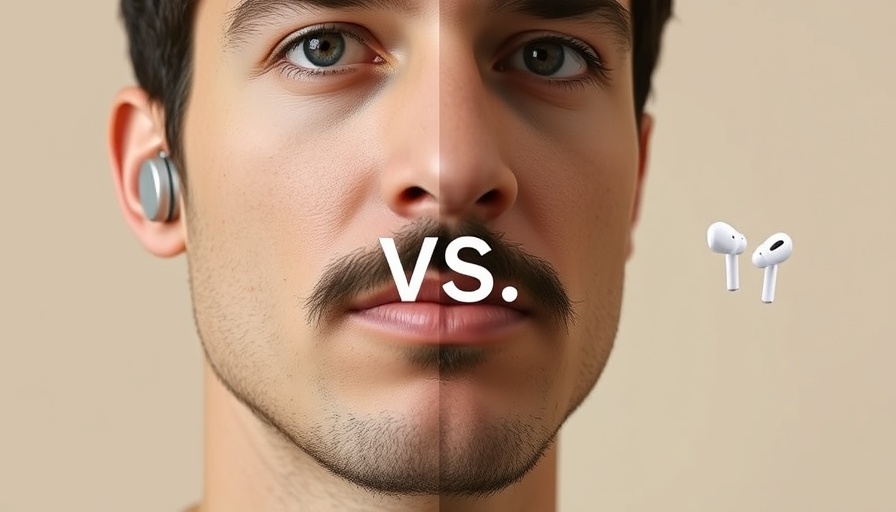
The Allure of Fake Music Acts in Film
Fake bands have become an integral part of cinema, bringing a special blend of humor, nostalgia, and creativity that keeps audiences engaged. As seen this summer with chart-topping faux acts like the Saja Boys from KPop Demon Hunters, these imaginative creations resonate deeply with our love for music and storytelling.
Why Do We Love Fake Band Songs?
Fake music acts often serve as an exaggeration of real-world bands, allowing filmmakers to articulate a sense of identity or to enhance the narrative. Moviegoers are drawn to these fictional constructs, cheering for them as if they were seasoned performers. This emotional connection amplifies during the immediate thrill of a catchy tune, making audiences nostalgic for moments that never occurred outside the film's universe.
Famous Faux Bands and Their Signature Tracks
Let’s revisit some of the greatest hits from faux bands, showcasing how their original songs have indelibly marked pop culture:
- Superman - The Mighty Crabjoys, “The Mighty Crabjoys Theme”: A playful anthem that resonates with the superhero's essence.
- Zootopia - Gazelle, “Try Everything”: Voiced by Shakira, this tune became an anthem of perseverance.
- Josie and the Pussycats, “Three Small Words”: Reflects a moment in time that speaks to millennials.
- A Goofy Movie - Powerline, “I2I”: This track remains the ultimate nostalgic banger, embodying the spirit of adventure.
The Social Impact of Movie Soundtracks
Each of these songs isn't just a catchy tune; they reflect cultural moments and societal values of their times. The question arises: what does this say about our faith in icons that exist only in our collective subconscious? They might be fictional, but the music resonates with real emotions.
The Rise of Digital Streaming and the Impact on Faux Bands
As platforms like Spotify and Apple Music digitize music, even fictitious tracks see the light of day. The release of KPop Demon Hunters and its band’s songs highlights how this trend allows for deep fandom engagement that transcends traditional consumption. Fans don’t just watch the films; they listen to their soundtracks on repeat, further intertwining these fictional acts with modern cultural phenomena.
Bridging Ethics: The Lines Between Fiction and Reality
However, this charm comes with its complications. Issues arise when fake bands garner real-world commercial success. Are we glorifying music that isn't “real”? With the success of digital band Saja Boys charting alongside real artists, ethics in entertainment and media authenticity come under scrutiny. This complex relationship impacts how both artists and audiences perceive the layers of representation in music.
The Future of Fake Bands in Movie Soundtracks
Looking ahead, the trend of integrating fictional bands in film seems poised to grow. With advancements in technology and virtual reality, the potentials for developing immersive experiences around these bands are endless. Expect to see more crossovers between virtual performances and real-life concert experiences, allowing fans to engage with their favorite nonexistent acts like never before.
Conclusion: Embrace the Melodic Madness
Whether it’s reminiscing about Powerline’s electrifying performances or jamming to the infectious charm of the Saja Boys, the world of fake movie music acts offers us a unique mirror to our collective consciousness. The scarcity of true-to-life authenticity makes their melodies all the more enjoyable, thereby confirming a simple truth: sometimes, the real magic is found in the not-so-real.
Stay tuned for even more eccentric and catchy songs from these fictional bands. With each note, they remind us that music can take flight, no matter where it originates from.
 Add Row
Add Row  Add
Add 




Write A Comment